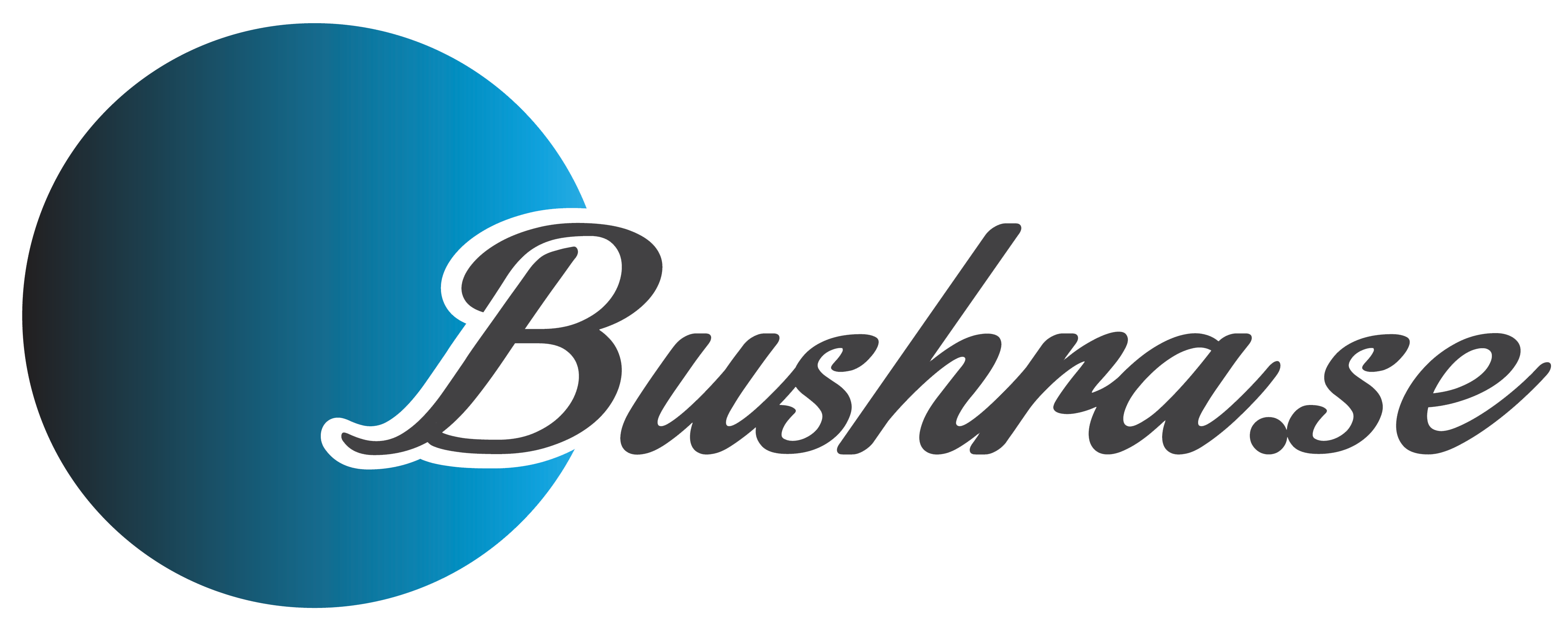Clothing
Clothes symbolize women.
It can also symbolize religion. And depending on whether it is long or short, clean or dirty, it describes the person’s religion, as we find that the Prophet interpreted Qamis with religion and knowledge. The connection between them is that they both cover and protect the person and make him beautiful in front of people. His Qamis cover his body and his knowledge and faith cover his heart and soul making him beautiful in front of people. On the other hand, if the clothes are on the wrong part of the body or in the wrong place, it is negative, like seeing the turban on the foot or the sock on the head.
[Ibn Qayum]
Most clothes symbolize women.
A qamis can symbolize a person’s income and standard of living, so the state of his qamis corresponds to whether his condition is good or bad.
A worn, tattered and dirty qamis is poverty or great trouble or that the person is poor in his religion, the same goes for women’s clothes.
Smutts on hair, body and head symbolize worries.
A ridaa’ (covering the upper part of the body) is a person’s trustworthiness, except if it is thin then it is a flaw or weakness in the person’s religion and trustworthiness.
The best of clothes are thick, new, long and roomy. White clothes indicate that you are beautiful in your religion and in your worldly affairs. Red clothing for a woman symbolizes a righteous man. Red for men has no positive meaning. Yellow clothes symbolize illness.
Ibn Sirin used to say “Red is trouble and yellow is sickness”.
Green clothes are positive for one’s religion, because it is the color of the clothes in paradise. Black clothes are positive and symbolize power, money and status for those who normally wear them, otherwise it is negative.
Ibn Sirin interpreted everything black as money.
Silk and wool clothes symbolize a lot of money.
Seeing yourself eating your clothes symbolizes that you will eat/consume your money.
Headgear is a person’s position of power if he usually wears it in his waking state, however, if he is not in the habit of wearing it, it symbolizes beauty and adornment.
The turban is a handlebar or a trip if it is twisted around the head.
A thawb that is extended/sewn together with another thawb symbolizes that one’s power/governance will be expanded, especially if it is one’s turban that is extended.
For those in power, rain protection symbolizes a good reputation and being praised. If the person is not in a position of power, it symbolizes that his worldly affairs will be facilitated.
If a person sees that he has holes in his clothes, he will get into an argument with a relative and break ties with him.
Seeing a leader have his clothes removed symbolizes that he will be removed/removed from power
A man who sees himself wearing women’s clothing will suffer personal setbacks and much fear.
On the other hand, a woman wearing male clothing is a good sign.
[ibn Qutaybah]
Washing one’s clothes indicates tawba and an improvement in one’s faith. It also suggests getting rid of worries and debts. Seeing a piece of clothing in a dream symbolizes a person’s faith, standard of living, piety and knowledge. A garment a woman wears symbolizes her husband and for the man it is his wife for Allah says: ” They are a garment for you and you are a garment for them.” [2:187]
A garment symbolizes a person’s Islamic and worldly concerns. A sleeveless garment symbolizes a person whose Islamic and worldly conditions are good but the person has no money. Seeing holes in the pocket of their clothes suggests that a door to poverty has been opened for the person.
Seeing many garments suggests that you have a huge reward in the life to come. A white and green garment suggests faith. Blue has no positive connotation. Red indicates bragging and wanting to be seen. However, wearing red on Eid Day is fine. Wet clothes indicate obstacles to travel, drying them makes travel easier.
Black indicates power and position for the person who usually dresses in black, otherwise it indicates sadness and worry. Dressing in yellow symbolizes getting sick, if you see yourself washing your clothes you will get well, the same if you take them off. Clothes tied at the head and feet symbolize death.
Receiving a garment as a gift is a sign of good and joy. A garment that is worn and dirty symbolizes worry, poverty and debt. Dressing in a wooden garment suggests that you will be traveling by sea. Seeing Qur’anic verses written on your clothes symbolizes adherence to the Qur’an. A new thick garment symbolizes strength in the person’s faith, life and age.
Short clothes that don’t cover one’s knees is a flaw in one’s faith, based on the hadith where the Prophet ﷺ said: “I was shown people with different clothes, some people’s clothes only reached their chest, some their knees then I saw Omar bin Khatab who had the longest of them all.
You were then asked how did you interpret the dream of the Messenger of Allah?
He answered “with faith”. (Bukhari and Muslim)
Seeing one’s clothes ripped open lengthwise suggests that one’s worries will be taken away. If they are torn to shreds, it suggests that one’s honor will be violated.
Having your garment torn from behind symbolizes that you will be vilified even though you are innocent. If it is torn on the front, the accusations against you are true.
Getting dressed with a garment that is out and in suggests that your routines will change.
[abu Taher]

